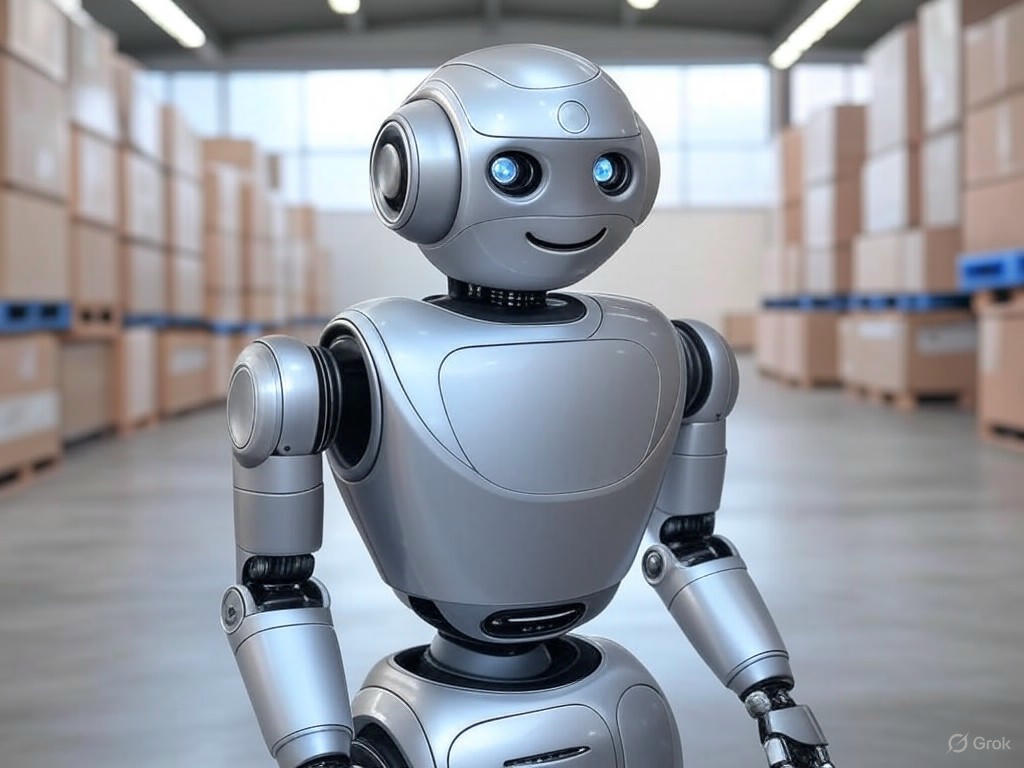Amazon’s Robot Revolution: The Future of Work in Warehouses
In a world where technology races forward at breakneck speed, Amazon has once again positioned itself at the forefront of innovation. The retail giant recently unveiled a new generation of robots designed to transform its warehouse operations, sparking both excitement and concern about the future of human labor in the industry. These cutting-edge machines, equipped with advanced artificial intelligence and precision mechanics, are capable of performing tasks traditionally handled by human workers, from sorting packages to loading shipments. This development signals a potential shift in how logistics and e-commerce giants operate, raising questions about efficiency, cost, and the role of people in an increasingly automated world.
Amazon’s latest robotic systems are a far cry from the drones that once captured headlines with promises of futuristic deliveries. Instead, these robots focus on the gritty, repetitive tasks that form the backbone of warehouse operations. With algorithms that allow them to adapt to different package sizes and shapes, they can work tirelessly without breaks, errors, or fatigue—qualities that human workers, no matter how skilled, cannot replicate. The company claims that these robots will boost productivity by streamlining workflows and reducing operational costs. For Amazon, which handles millions of orders daily, even a small increase in efficiency could translate into significant savings. Beyond economics, the technology also promises to minimize workplace injuries by taking over physically demanding or hazardous tasks, a persistent issue in high-pressure warehouse environments.
Yet, this technological leap comes with a shadow of uncertainty. While Amazon insists that robots are meant to complement human workers rather than replace them, the reality on the ground may tell a different story. As machines take on more responsibilities, the demand for low-skill labor could shrink, leaving many workers to wonder about job security. Critics argue that automation, while beneficial for corporate bottom lines, often overlooks the human cost. Will Amazon invest in retraining programs to help employees transition to new roles, or will the focus remain solely on profit margins? Additionally, the broader implications for the economy cannot be ignored. If other companies follow suit, the ripple effect could reshape entire industries, challenging policymakers to address potential unemployment spikes and income inequality. On the flip side, proponents of automation highlight that such advancements often create new opportunities, from tech maintenance to software development, though these roles typically require specialized skills.
As Amazon rolls out its robotic workforce, the conversation around automation and labor is only beginning. This isn’t just about one company or one warehouse—it’s about the trajectory of work itself. The balance between technological progress and human employment remains delicate, and Amazon’s latest move could set a precedent for how businesses worldwide approach this dilemma. For now, the robots are here, sorting and stacking with mechanical precision, while the world watches to see if they herald a future of innovation or a cautionary tale of displacement. Only time will reveal the true impact of this bold step into an automated era.


